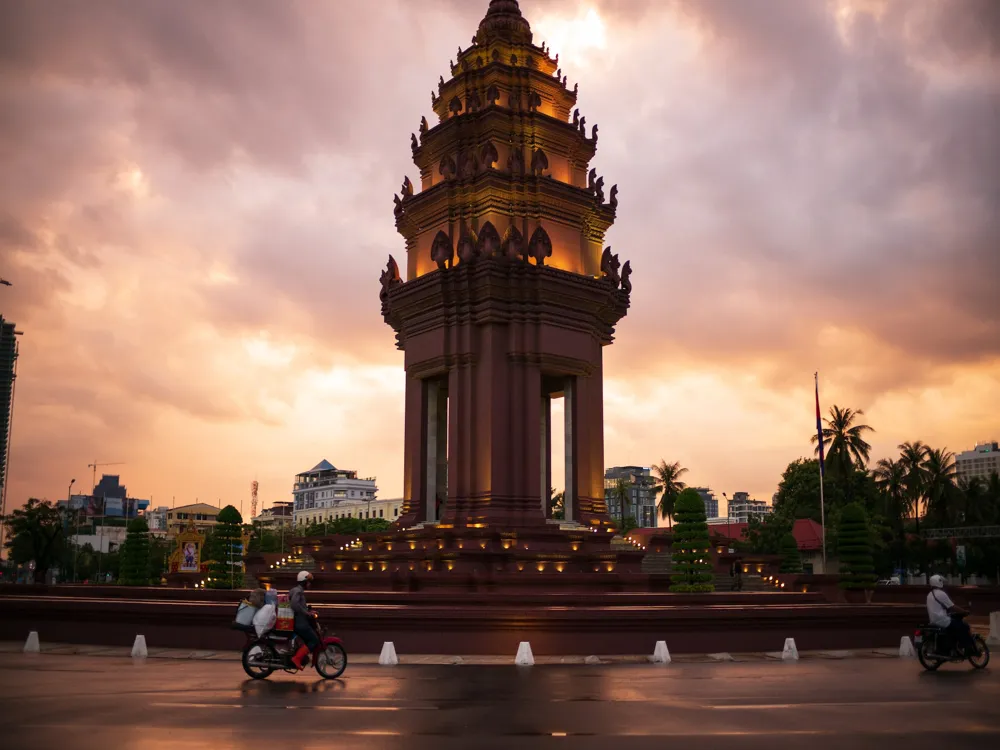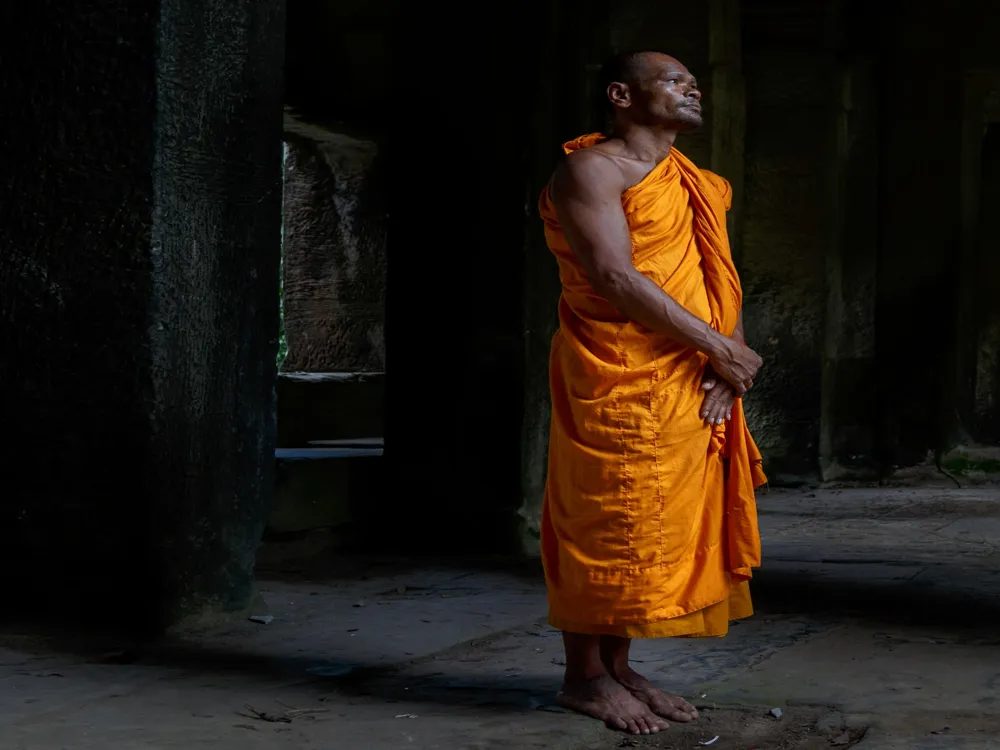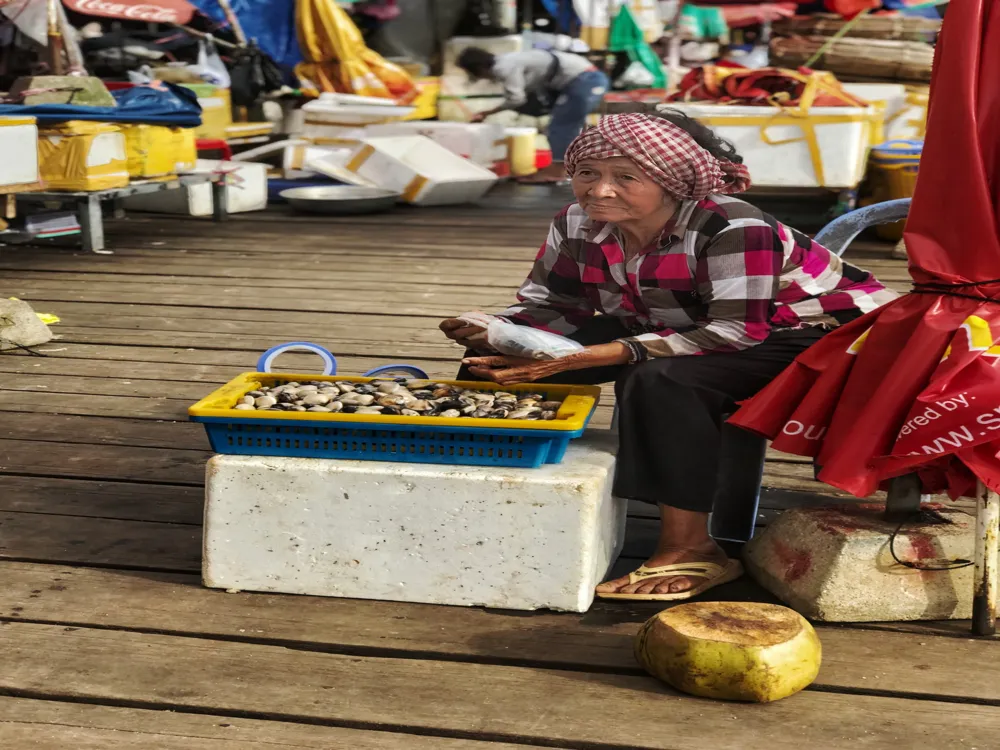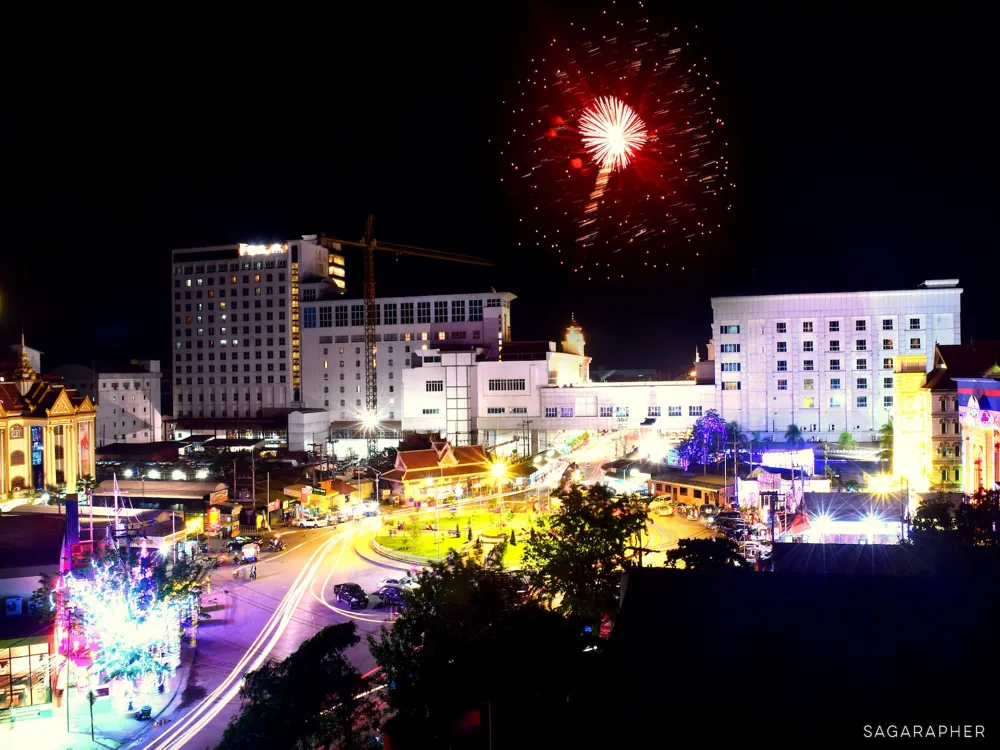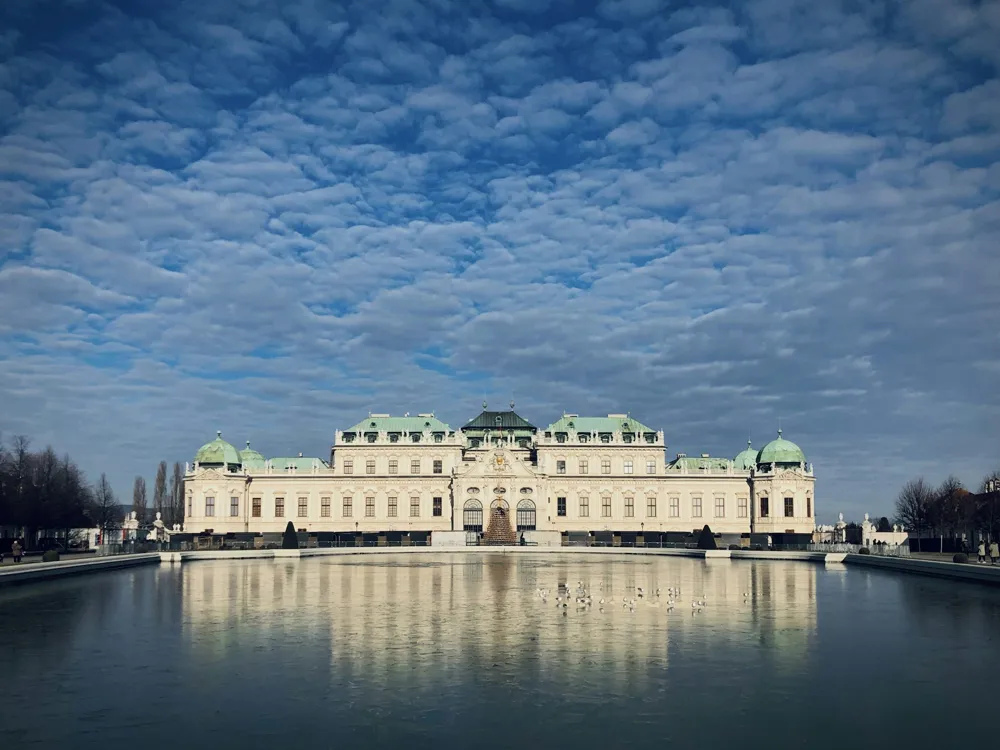Bassac Lane, nestled in the heart of Phnom Penh, Cambodia, is a hidden gem that offers a unique blend of history, culture, and modern vibrancy. This quaint and charming area, often referred to as the city's creative hub, has become a hotspot for both locals and tourists seeking a taste of Cambodia's burgeoning contemporary scene. The lane is a labyrinth of narrow streets and alleyways, brimming with an eclectic mix of boutique shops, art galleries, cafes, and bars, each offering a distinct experience. The history of Bassac Lane is as colorful as its present. Originally a residential area, it has transformed over the years into a bustling hub of activity, while still maintaining its traditional charm. This transformation can be attributed to the resilient spirit of the Cambodian people and the lane's ability to adapt and evolve with the times. Despite the rapid modernization, Bassac Lane has managed to preserve its unique architectural heritage, making it a significant cultural landmark in Phnom Penh. One of the most striking features of Bassac Lane is its architectural diversity. The area is a melting pot of various architectural styles, ranging from traditional Khmer to French colonial, and contemporary designs. This mix of old and new creates a fascinating streetscape that tells the story of Phnom Penh's past and present. The traditional Khmer houses, with their classic tiled roofs and intricate wood carvings, sit alongside French colonial buildings, characterized by their grand facades and ornate balconies. In recent years, contemporary structures have also emerged, adding a modern twist to the lane's historic charm. Beyond architecture, Bassac Lane is known for its vibrant nightlife and cultural scene. The lane comes alive at night, with its array of bars and eateries offering everything from local Cambodian cuisine to international dishes. The area is also a hub for the arts, hosting regular events such as art exhibitions, live music performances, and cultural festivals. These events not only showcase the talents of local artists and musicians but also foster a sense of community and cultural exchange among visitors and residents alike. Moreover, Bassac Lane's strategic location in the heart of Phnom Penh makes it an accessible and convenient destination for those looking to explore the city. Its proximity to major landmarks, such as the Royal Palace and the Mekong Riverfront, adds to its appeal as a must-visit spot in the city. Whether you're a history buff, an art enthusiast, or simply looking for a unique experience, Bassac Lane has something to offer for everyone. The architecture of Bassac Lane is a testament to Phnom Penh's rich history and cultural diversity. As you wander through the narrow alleys, you are greeted by an array of buildings that tell the story of Cambodia's past and present. The architectural landscape of Bassac Lane is characterized by a harmonious blend of traditional Khmer, French colonial, and contemporary styles, each adding its unique flavor to the area. Traditional Khmer architecture is one of the most prominent features of Bassac Lane. These structures, often residential, are known for their distinct characteristics such as steep, tiered roofs, intricate wood carvings, and vibrant color schemes. The roofs, usually made of tiles or thatch, are designed to withstand the tropical climate of Cambodia, providing both shelter and ventilation. The wood carvings, often depicting scenes from Cambodian mythology or daily life, showcase the skilled craftsmanship of local artisans. Alongside these traditional dwellings, French colonial architecture makes a significant presence in Bassac Lane. These buildings, remnants of Cambodia's colonial past, are distinguished by their grand facades, large windows, and ornate balconies. The French colonial buildings in Bassac Lane were typically used for administrative purposes or as residences for French officials. Today, many of these buildings have been repurposed into cafes, shops, and boutique hotels, offering a glimpse into the lane's colonial history. In recent years, Bassac Lane has seen the emergence of contemporary architectural styles. These modern structures, often designed by local architects, blend traditional elements with modern design principles. The use of sustainable materials, energy-efficient designs, and green spaces are common features of these contemporary buildings. This fusion of old and new not only adds to the aesthetic appeal of Bassac Lane but also reflects the dynamic nature of Phnom Penh's urban development. The diverse architectural styles of Bassac Lane are not just visually appealing but also serve as a physical representation of Cambodia's history and cultural evolution. From the traditional Khmer houses to the French colonial buildings and contemporary structures, each style tells a unique story of the country's past, present, and future. This architectural diversity, coupled with the lane's vibrant cultural scene, makes Bassac Lane a microcosm of Phnom Penh's rich heritage and contemporary spirit. While Bassac Lane is enjoyable year-round, the best time to visit is during the cooler months from November to February. The weather is more comfortable for exploring, and the lane's outdoor seating areas are especially pleasant. Bassac Lane boasts a variety of dining options. Be sure to try local Cambodian dishes at the lane's many eateries. Experiment with flavors and dishes unique to the region for an authentic culinary experience. Respect local customs and traditions while visiting Bassac Lane. Dress modestly, especially when visiting religious sites, and always ask for permission before taking photos of locals. Bassac Lane is famous for its vibrant nightlife. Explore the array of bars and live music venues for an entertaining evening. Remember to stay safe and be aware of your surroundings. The lane's boutique shops offer a range of unique souvenirs, from handmade crafts to local art. Shopping here supports local artisans and provides a memorable token of your visit. Reaching Bassac Lane in Phnom Penh is relatively straightforward, whether you're a local or a tourist. The lane is centrally located and well-connected, making it accessible by various modes of transportation. For those staying in Phnom Penh, the most convenient way to get to Bassac Lane is by tuk-tuk or taxi. These are readily available throughout the city and offer an affordable and authentic way to travel. Be sure to agree on the fare in advance to avoid any misunderstandings. For tourists staying outside the city center, public transportation is a viable option. Buses and mini-buses connect various parts of the city to the central area where Bassac Lane is located. This option is not only economical but also gives you a chance to experience the city like a local. If you prefer a more independent mode of travel, renting a bicycle or a scooter is a great way to explore Phnom Penh and its surroundings. This option provides flexibility and the opportunity to discover hidden gems along the way to Bassac Lane. Lastly, for international visitors, Phnom Penh International Airport is the nearest airport. From there, you can hire a taxi or take a shuttle service to reach the city center. Bassac Lane is only a short drive from the main tourist areas, making it a convenient destination for those new to the city. Read More:Overview of Bassac Lane in Phnom Penh
Architecture of Bassac Lane
Tips When Visiting Bassac Lane
Best Time to Visit
Local Cuisine and Dining
Cultural Etiquette
Nightlife and Entertainment
Shopping and Souvenirs
How To Reach Bassac Lane
Bassac Lane
Phnom Penh
₹ 19,999 onwards
View phnom-penh Packages
Weather :
Tags : Commercial Street
Timings : 11 AM to 12 AM
Planning a Trip? Ask Your Question
Phnom-penh Travel Packages
View All Packages For Phnom-penh
Top Hotel Collections for Phnom-penh

Private Pool

Luxury Hotels

5-Star Hotels

Pet Friendly
Top Hotels Near Phnom-penh
Other Top Ranking Places In Phnom-penh
View All Places To Visit In phnom-penh
View phnom-penh Packages
Weather :
Tags : Commercial Street
Timings : 11 AM to 12 AM
Planning a Trip? Ask Your Question
Phnom-penh Travel Packages
View All Packages For Phnom-penh
Top Hotel Collections for Phnom-penh

Private Pool

Luxury Hotels

5-Star Hotels

Pet Friendly









/choeung-ek-genocidal-center-killing-fields-slider-1.webp)
